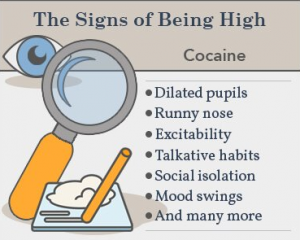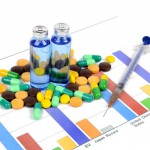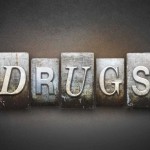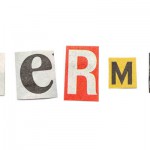Why People do Cocaine
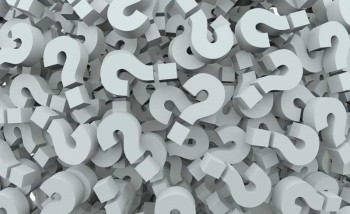
Compulsive Cocaine Use
Cocaine is a highly addictive illegal drug that is made from the coca plant leaves. Cocaine can be used in a number of ways: injection, snorting, inhaling or by rubbing it on the gums. Cocaine increases the production of dopamine in the brain – producing the feeling of happiness and euphoria, known as a “high”. The feelings achieved by the high propels the user to continue use of the drug, often leading to cocaine addiction.
People start using cocaine for various reasons. Most often:
- It is a way to block out personal worries or other effects caused by their situation such as violence, poverty, and hopelessness.
- They are curious and the drugs are readily available.
- They use the drug to combat boredom.
- It is sometimes easier to get a chemical high instantly, than working on a natural high over a longer period of time.
- The drugs mimic pleasurable natural body functions.
Compulsive cocaine use continues because:
- Users seek to recapture the initial rush, the energy surge and the extreme euphoric feelings.
- Users try to avoid life’s problems such as difficult relationships, lack of confidence, traumatic events, a hated job or loneliness.
- Some people are pre-sensitized to cocaine use. Their natural neurotransmitter balance leads them to react more intensely to the drug.
- Cocaine by itself changes the brain chemistry and creates an intense craving that will cause someone to keep shooting, snorting or smoking until every last microgram is gone, they pass out, or overdose occurs.
- Many users describe cocaine as the drug of “More” because that is what they want “more”, no matter how much they have had.
- Users seek to avoid the inevitable crash after the intense high. Many users will shoot up or smoke every 20 minutes or even 10 minutes in a binge episode.
A typical cycle of compulsive cocaine use follows the same pattern:
- Immediately after a binge, usually lasting several days, the user crashes, sleeps all day trying to regain lost energy and swears off the drug forever.
- A few days later the user will feel much better. Therefore, they may leave or drop out of treatment. This temporary return to normal feelings is called “enthymia”.
- One week to ten days after quitting, craving starts to build. Energy levels drop, and the user feels very little pleasure from anything. In addition, they experience an increase in emotional depression.
- Two-four weeks after vowing to quit, the craving and depression build to a fever pitch. Unless they are in an intensive treatment, relapse usually occurs and the cycle repeats.
Sources:
- Uppers, Downers All Arounders, Darryl S Inaba ‘Executive officer Haight Ashbury Free Clinics, San Francisco CA.’, William E. Cohen, ‘Haight Ashbury Detox Clinic’
- drugabuse.gov
- americanaddictioncenters.org

